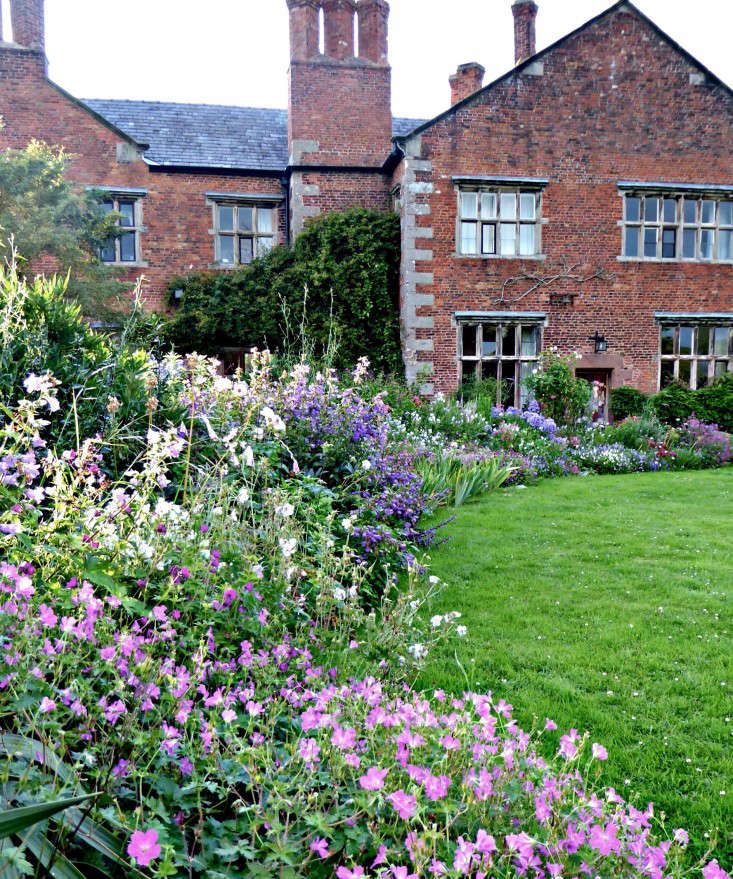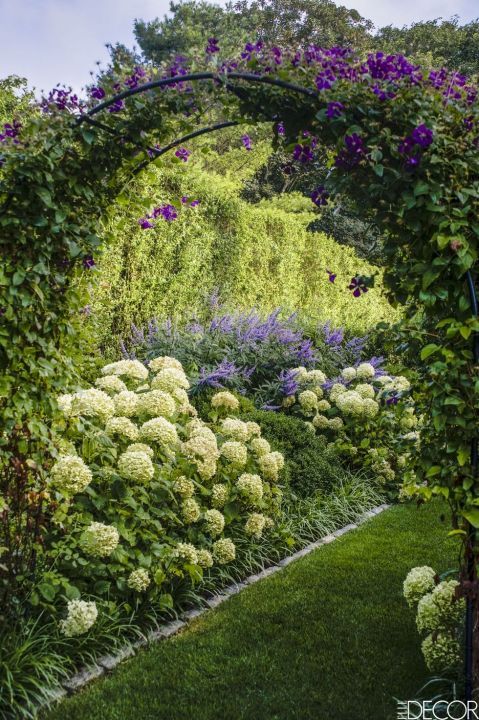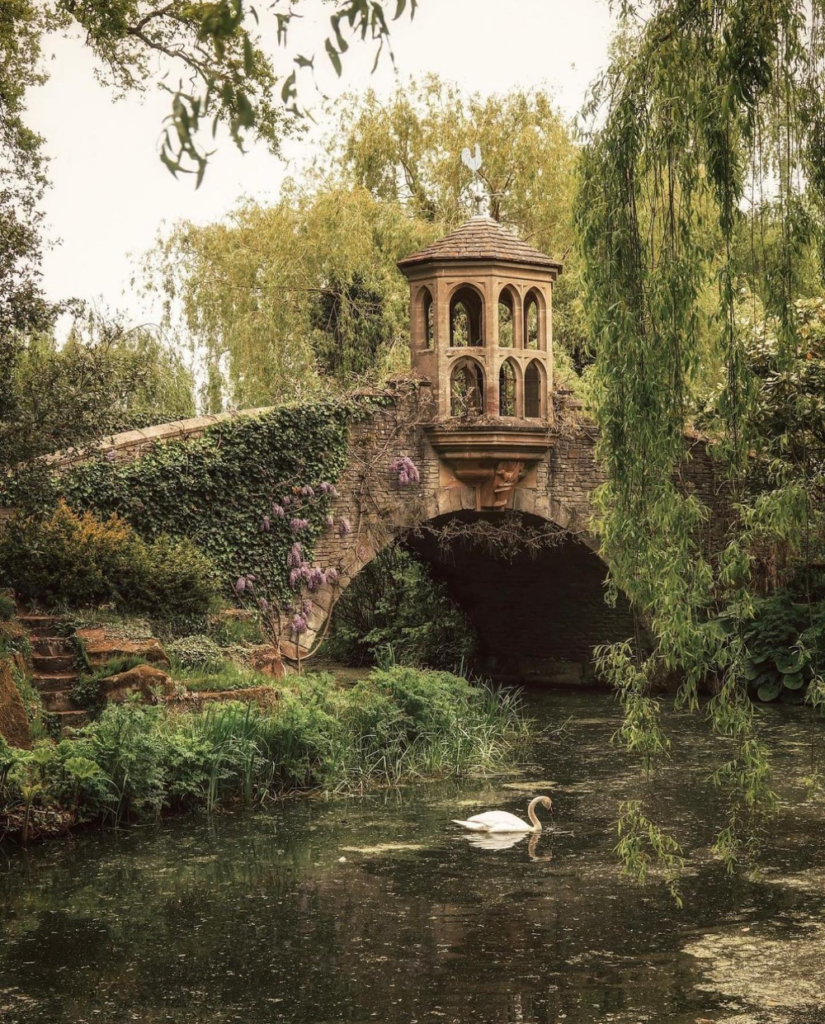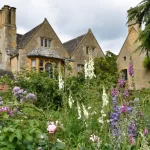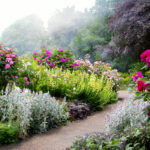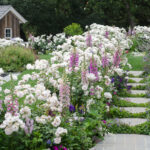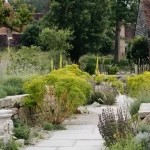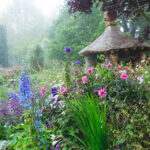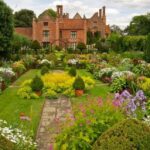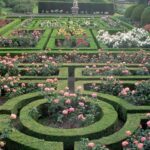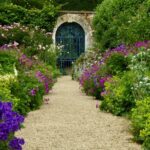English gardens have a long and rich history, dating back to the 18th century when they first became popular among the aristocracy. These gardens are known for their formal design, lush greenery, and vibrant floral displays, making them a favorite destination for both locals and tourists.
One of the defining features of English gardens is their structured layout, often incorporating symmetrical patterns, geometric shapes, and carefully manicured lawns. This design style creates a sense of order and elegance, while also providing a tranquil and peaceful atmosphere for visitors to enjoy.
In addition to their formal design, English gardens are also known for their extensive use of plant life. From colorful flower beds and fragrant herbs to towering trees and manicured hedges, these gardens are a feast for the senses with a diverse array of plants and flowers that bloom throughout the year.
Another characteristic of English gardens is the use of water features, such as fountains, ponds, and streams. These elements add a sense of movement and sound to the garden, as well as providing a habitat for wildlife such as birds, fish, and aquatic plants.
Many English gardens also feature architectural elements, such as pergolas, gazebos, and ornate statues, which add a sense of grandeur and history to the space. These structures often serve as focal points within the garden, creating a sense of visual interest and inviting visitors to explore further.
Overall, English gardens are a testament to the beauty and craftsmanship of traditional garden design. Whether you’re strolling through a formal estate garden or enjoying a more casual cottage garden, there’s no denying the timeless appeal of these lush and enchanting outdoor spaces.
